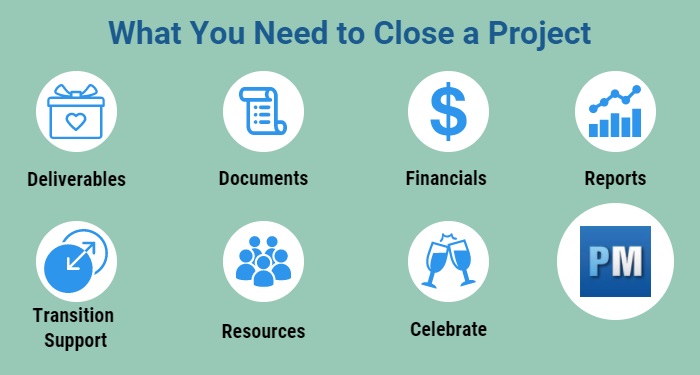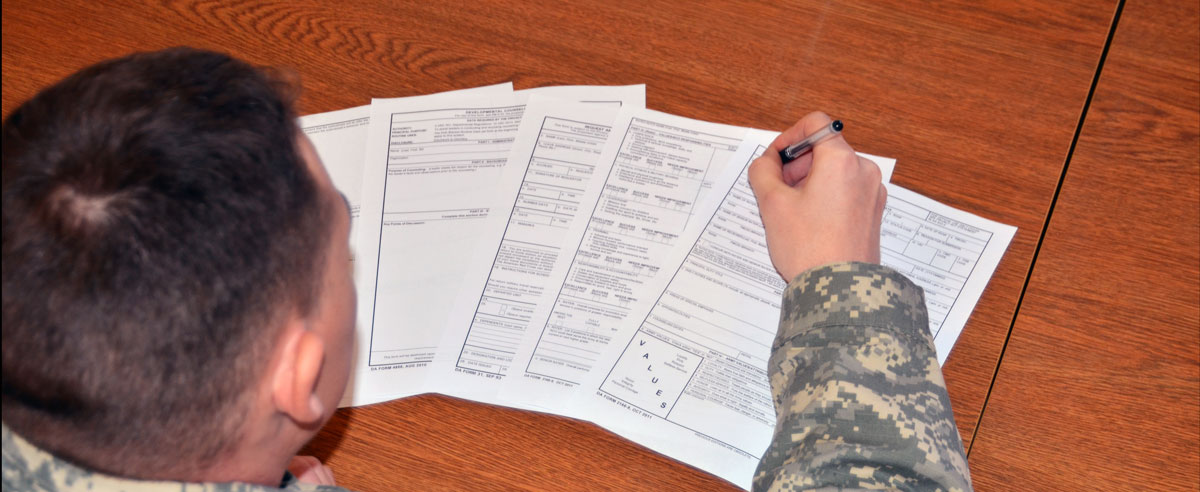5 Steps to Closing After Signing Lock-In Paperwork

Once you've successfully signed your lock-in paperwork, a new phase of your home buying journey begins. This phase is crucial as it moves you closer to that coveted goal of owning your dream home. Navigating through the next steps post-signing can be quite intricate. Here, we'll break down the five essential steps you need to take to ensure you close on your home purchase seamlessly, offering insights to keep your home buying process efficient, stress-free, and well-informed.
1. Confirmation and Documentation

The first step after signing lock-in paperwork is to confirm all details with your real estate agent or loan officer. Here's what you should do:
- Verify the lock-in period, interest rate, and loan terms.
- Ensure you receive a copy of the lock-in agreement.
- Keep track of all communications related to your mortgage.
📝 Note: Changes to interest rates or loan terms after lock-in can happen but should be rare. Keep a close eye on your agreement details.
2. Prepare for Appraisal and Inspection

Two critical aspects of your home purchase come next:
- Appraisal: This determines the value of the property to ensure it matches or exceeds your offer price.
- Home Inspection: A thorough check of the home’s condition to identify any repairs needed.
Based on the appraisal and inspection reports, you might need to:
- Renegotiate the price if the appraisal is lower than the purchase price.
- Request repairs or reconsider your offer if major issues are discovered during the inspection.
3. Secure Insurance and Escrow Accounts

Insurance is vital for your mortgage approval. You'll need:
- Homeowners Insurance: This covers damages to your home or personal property. Policies can vary, so choose wisely.
- Escrow Account: Set up by the lender to cover property taxes, insurance, and PMI (if applicable).
This step ensures your lender has the necessary protection, and you are prepared for the financial responsibilities of homeownership.
4. Finalize Loan Details and Documents

With your lock-in secured and preliminary steps taken, it's time to finalize the loan:
- Review the Loan Estimate from your lender for any changes since locking in.
- Provide any additional documents your lender might request for underwriting.
- Sign the Closing Disclosure at least 3 days before closing, which includes all final terms and costs.
By understanding your loan details, you'll be better prepared for closing.
5. The Closing Process

Closing day is where everything comes together. Here's what you should expect:
- Meet at the title company, escrow office, or your attorney's office to finalize the transaction.
- Sign the extensive set of closing documents which will include:
- Loan documents
- Closing Disclosure
- Deed of Trust
- Title insurance
- And more...
- Pay your closing costs, which typically include:
- Loan origination fees
- Escrow and title fees
- Insurance premiums
- Property taxes
Once all documents are signed and funds are transferred, you'll receive your keys, and you're officially a homeowner.
🔑 Note: On closing day, ensure you have at least two forms of ID, your earnest money deposit, and any checks required for closing costs.
In summary, signing lock-in paperwork marks the beginning of several key steps towards homeownership. From confirming details with your agent to navigating appraisals, securing insurance, finalizing your loan, and ultimately, closing the deal, each step is vital. By keeping track of these processes and staying proactive, you'll be well-prepared to close on your home, moving into your future with confidence.
What if the appraisal comes in lower than the purchase price?

+
If the appraisal is lower, you can either renegotiate the price with the seller or cover the difference between the appraised value and the purchase price out of pocket. Alternatively, some buyers might cancel the contract if allowed by the terms.
Do I need to get my own home inspection?

+
While not legally required, getting a home inspection is highly recommended to understand any potential issues with the property before finalizing your purchase.
Can the terms of the mortgage change after I lock in?

+
Typically, terms should not change once locked in. However, under specific conditions, a lender might change the rate, but they must notify you and give you an option to cancel or accept the new rate.
What happens if I don’t close on time?

+
Delays can lead to extensions or, if agreed upon in the contract, to penalties or forfeiture of earnest money. Always aim to meet or renegotiate closing deadlines if you foresee delays.
How do I ensure I’m not missing any documents?

+
Keep a checklist of documents needed, provided usually by your lender or realtor. Regularly communicate with them to ensure all documents are ready for the closing process.